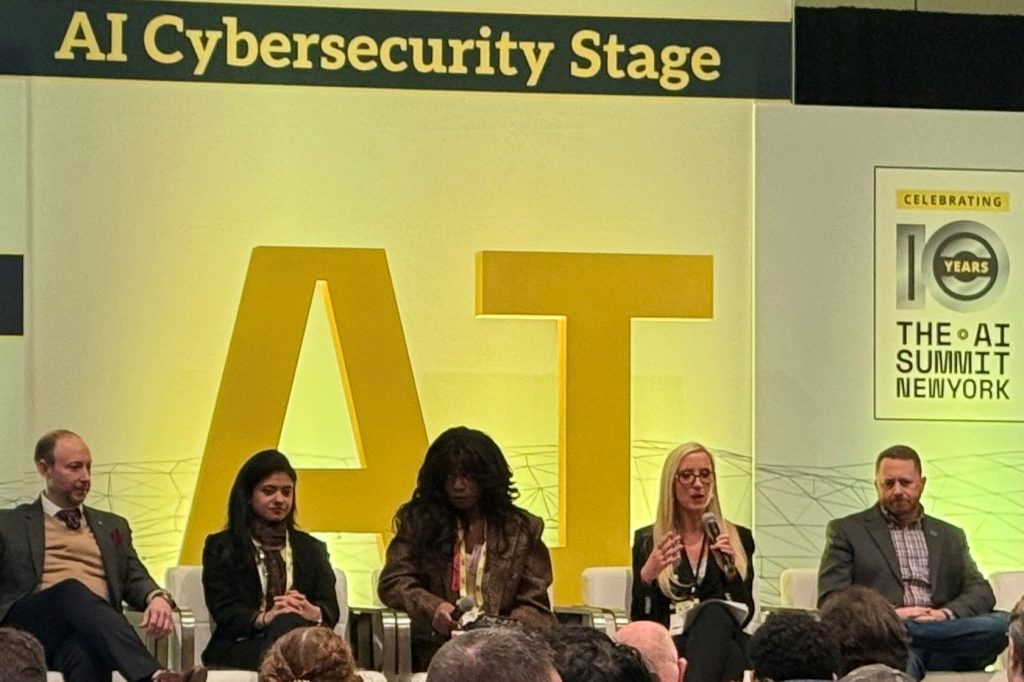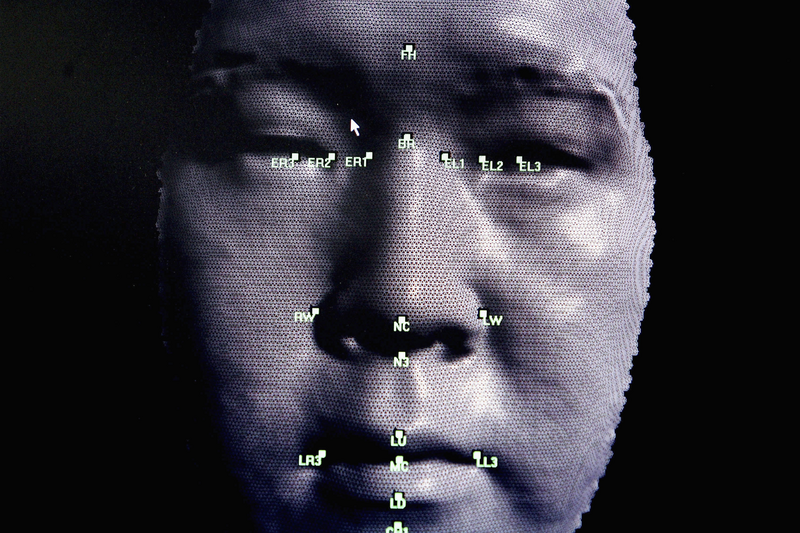What matters
The ICO has released new guidance on monitoring workers using their biometric data, following the issue of an enforcement notice to a company unlawfully processing biometric data of more than 2,000 employees.
What matters next
Employers wanting to implement any monitoring of their employees must review the ICO’s new
Register for free to keep reading
To continue reading this article and unlock full access to GRIP, register now. You’ll enjoy free access to all content until our subscription service launches in early 2026.
- Unlimited access to industry insights
- Stay on top of key rules and regulatory changes with our Rules Navigator
- Ad-free experience with no distractions
- Regular podcasts from trusted external experts
- Fresh compliance and regulatory content every day













